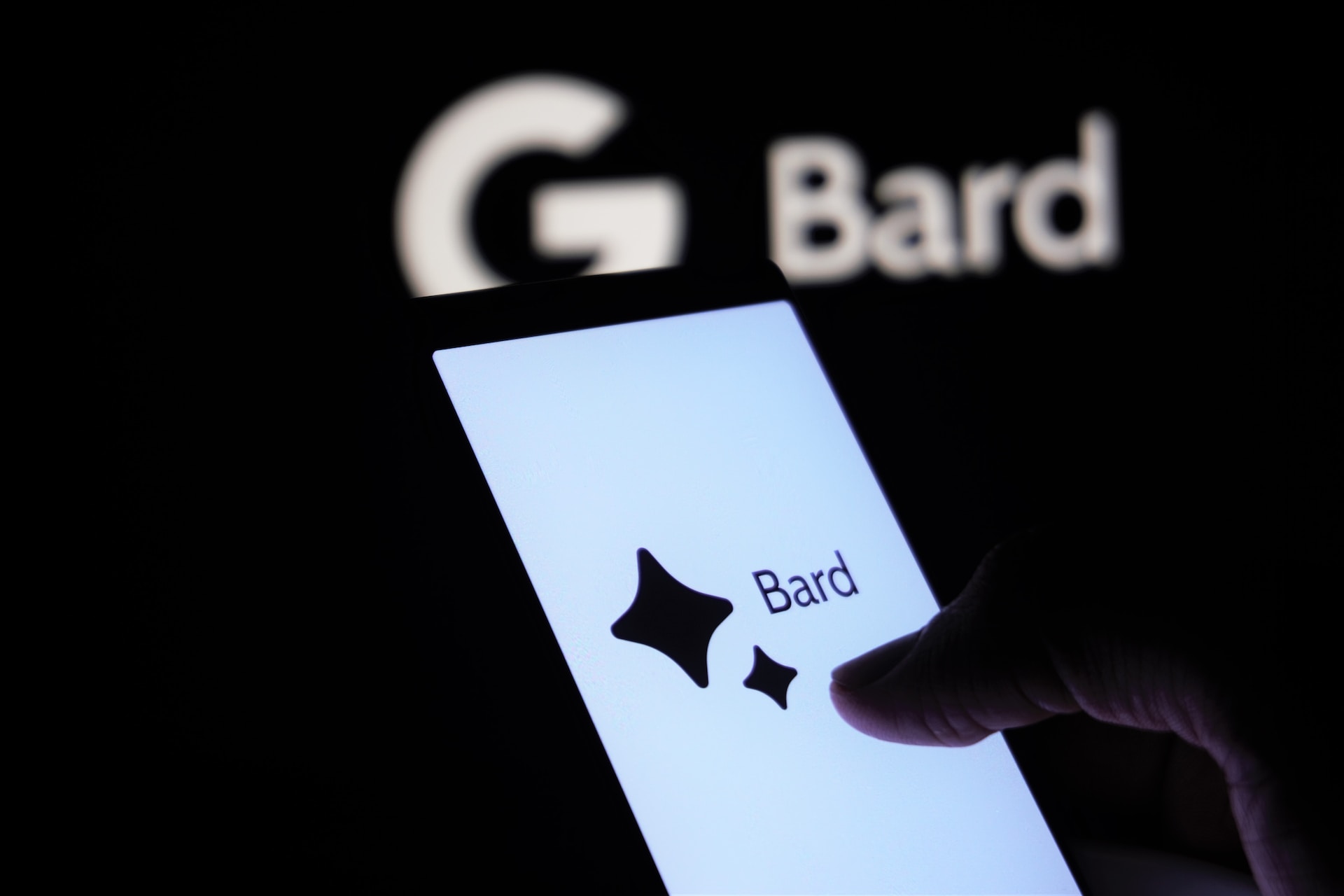Everything You Need to Know About Google Bard API
Google’s Bard API is the latest buzz in the tech world. If you’re curious about what it is and how it can help you, you’ve come to the right place. This guide breaks down the essentials of the Bard API, powered by Google’s innovative PaLM 2 language model.
Google Bard isn’t just another AI tool. It’s a game-changer in brainstorming, productivity, and task management, and it’s been making waves globally since May 2023. Let’s dive into what makes it stand out.
Google hasn’t officially released the Bard API yet, but don’t worry. A clever developer has figured out a way to make it accessible for the rest of us. Let’s see how you can get your hands on it.
Breaking Down the Google Bard API
The Bard API isn’t just about generating text. It’s a powerful tool for language translation, answering complex questions, and sparking creative ideas. Think of it as a Swiss Army knife for your app’s language needs.
From creating smarter chatbots to developing responsive text generators and Q&A applications, the Bard API is a one-stop solution for integrating advanced AI into your projects.
Is Google Bard API Free for Everyone?

As of now, yes, the Google Bard API is free. It’s a fantastic opportunity for developers and hobbyists alike to experiment with AI without any cost. Keep in mind, this is before Google officially rolls it out, so enjoy this period of free access while it lasts.
Accessing the Google Bard API
Until Google releases the official Bard API, you can use the version developed by Daniel Park. It’s a Python package, and you can find all the details on his GitHub repository.
How to Get on the Google Bard API Waitlist
If you’re keen on trying out the official Bard API when it’s released, joining the waitlist is your best bet. This will potentially give you early access to test and provide feedback on Google’s version.
How to Start Using the Bard API
Ready to integrate the Bard API into your app? You’ll need an API key from the Google Cloud Platform. Here’s a quick guide:
- Go to the Google Cloud Platform.
- Enable billing.
- Find ‘API and Services’.
- Go to ‘Credentials’.
- Create and secure your API key.
Also, remember to set up a service account and download a JSON file to complete the process.
Want to Learn More?
For more details on the Bard API, including setup and authentication, head over to the GitHub documentation. And feel free to share this guide with anyone who might find it helpful!


